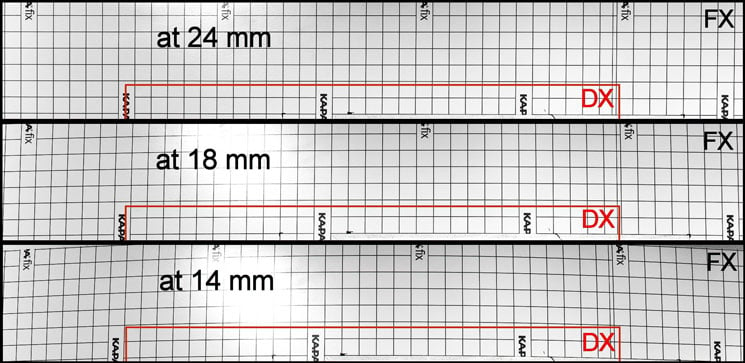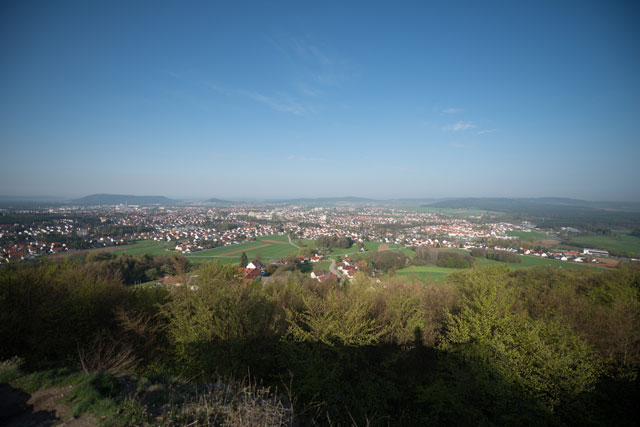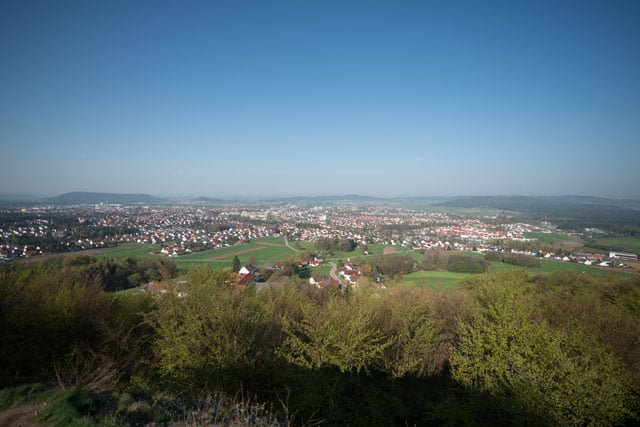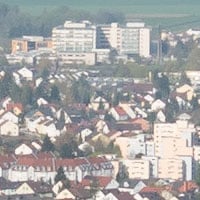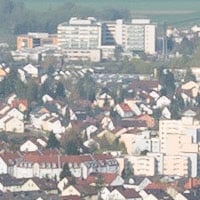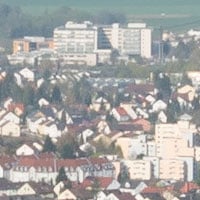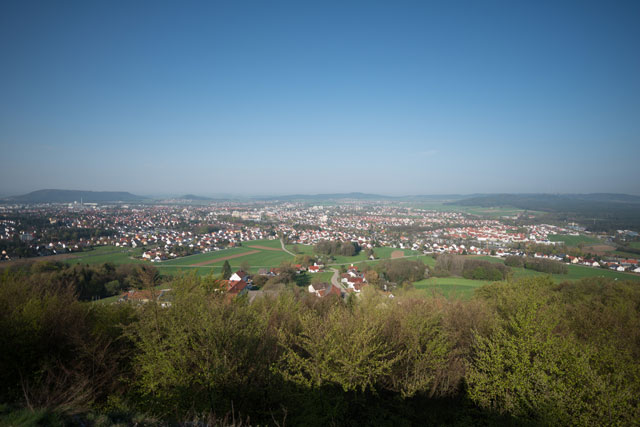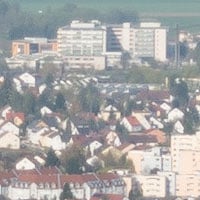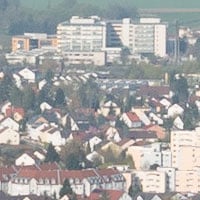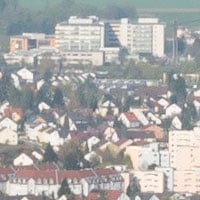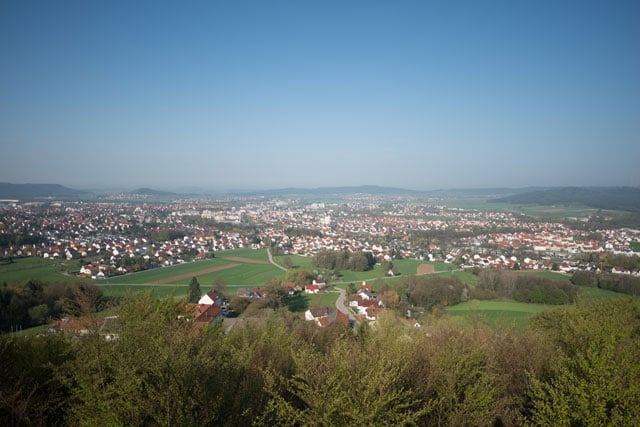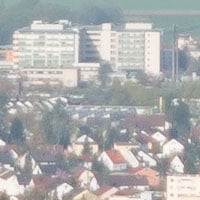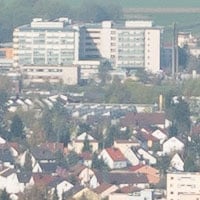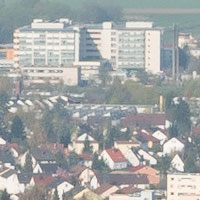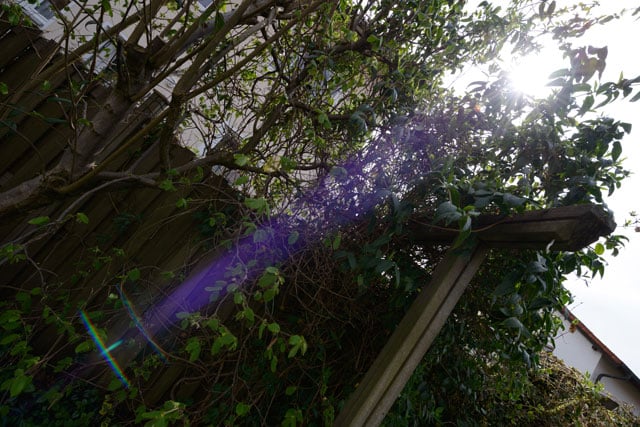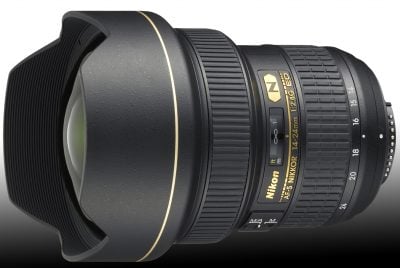Nikon 14-24mm f2.8G review
-
-
Written by Thomas
Quality
Distortions
Wide-angle zooms are prone to some heavy distortions and the Nikon 14-24/2.8G has its share. See the following image which is a composite of three shots showing the upper quarter of the FX frame (in landscape orientation) shot at 24mm, 18mm, and 14mm respectively – with a red inset marking the DX frame. At 24mm the reproduction is almost perfectly straight. At 18mm there is some barrel-distortion but the DX-frame is not impacted too much. And at 14mm the barrel-distortion is very prominent in the FX-frame but still surprisingly low for an angle of view of 114 degrees. And the DX-frame is still only mildly affected. That is an impressive performance regarding distortions. Much better than either the Nikon AF-S 16-35/4.0G VR or the Nikon AF-S 18-35/3.5-4.5G perform at 16mm and 18mm respectively.
Nikon AF-S 14-24mm f2.8G distortions shot at 24mm, 18mm, and 14mm |
| click on the image to access the 1920 pixel wide version |
Sharpness and contrast
Let’s have a look at the theoretical performance (MTF-charts) at the wide and the long end first:
Nikon 14-24mm f/2.8G MTF | ||
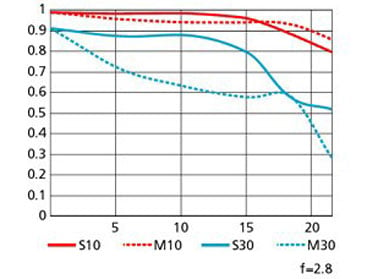 | 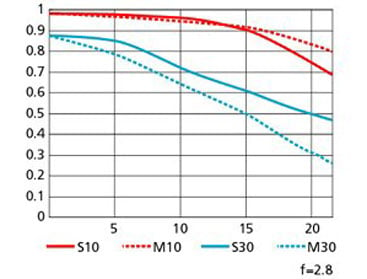 | |
| at 14mm, f2.8 | at 24mm, f2.8 | |
These charts show the lens-performance at the largest aperture f2.8. Higher values are better and the closer the dotted and the continuous lines of each color are together the less astigmatism (= resolution depends on the orientation of the test-pattern) the lens has. The x-axis displays the distance from the optical axis (=center of the sensor) in mm. I’ll show you the real-life performance at 4 mm (center), 13 mm (DX-corner), and 20 mm (FX-corner) on a D800.
From the charts the 14-24/2.8 should perform on a very high level regarding overall contrast at both the short and the long end. But sharpness at the short end displays some astigmatism and an obvious dip towards the corners. At the long end the decline in sharpness over the FX-frame looks smooth with no apparent problems from astigmatism to be expected. Let’s see how this theoretical performance translates into real life results in the sharpness test based on Siemens-stars.
What follows are near-center results (first column) followed by DX-corner results and FX-corner results on a D800. The D800 results from the DX-corner should be a very good approximation for performance on a 16MP DX sensor (like the D7000), because the pixel-pitch of both sensors are the same. But differences in the AA-filter and micro-lens-design of a D800 and a D7000 might yield different end-results.
Processing was done in Lightroom 4 from RAW at camera standard settings. Noise-reduction is set to 0, sharpening to 70/0.5/36/10, with no extra tone, color, or saturation-adjustment. White-balance was adjusted to a neutral white and I did some exposure compensation to make the brightness match. CA-removal is ON.
The following are all 100% crops!
Let’s have a look at the performance at 14mm first:
Nikon 14-24mm f/2.8G with Nikon D800 100% crop from center | Nikon 14-24mm f/2.8G with Nikon D800 100% crop from DX-corner | Nikon 14-24mm f/2.8G with Nikon D800 100% crop from FX-corner | ||
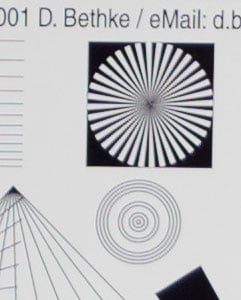 | 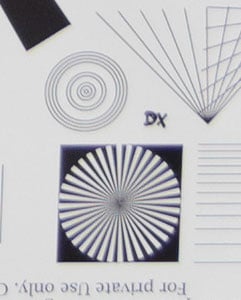 | 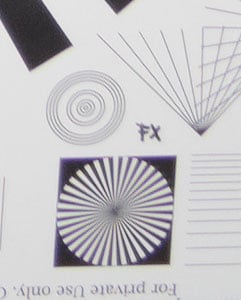 | ||
14mm, f2.8, 100 ISO | 14mm, f2.8, 100 ISO | 14mm, f2.8, 100 ISO | ||
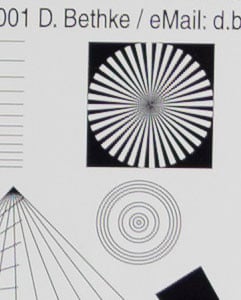 | 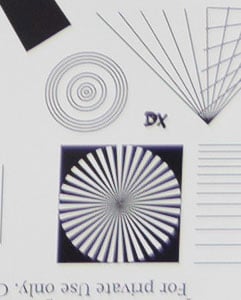 | 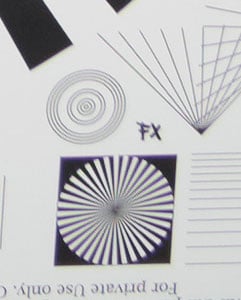 | ||
14mm, f4.0, 100 ISO | 14mm, f4.0, 100 ISO | 14mm, f4.0, 100 ISO | ||
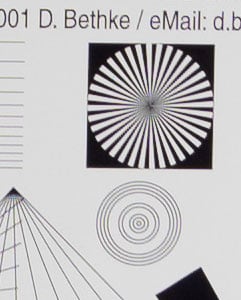 | 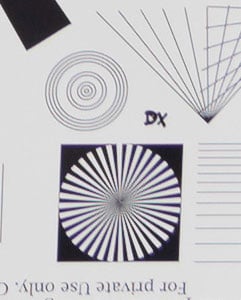 | 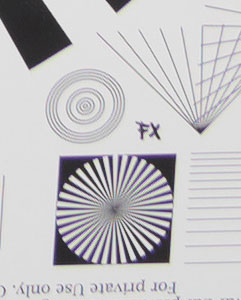 | ||
14mm, f5.6, 100 ISO | 14mm, f5.6, 100 ISO | 14mm, f5.6, 100 ISO | ||
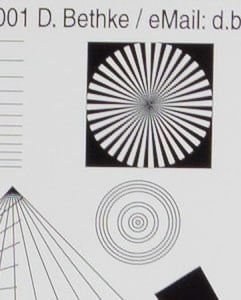 | 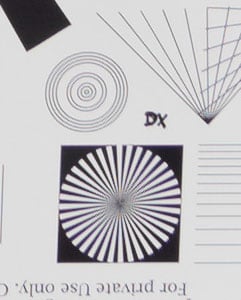 | 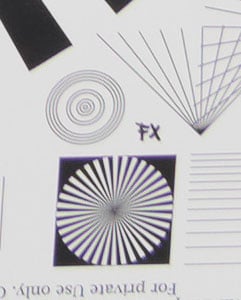 | ||
14mm, f8.0, 100 ISO | 14mm, f8.0, 100 ISO | 14mm, f8.0, 100 ISO |
These 100% crops directly from a 36MP D800 sensor show that this lens performs amazingly across the full frame even wide open. The center is very good from the start. The DX-corner shows a little haloing resulting from residual spherical aberrations that is almost gone by f4.0. And the astigmatism in the FX-corner is clearly visible in these lab-tests but should not show up too prominently in real-life shots. The only nagging I have is that the astigmatism still shows at f8.
Performance at 16mm:
Nikon 14-24mm f/2.8G with Nikon D800 100% crop from center | Nikon 14-24mm f/2.8G with Nikon D800 100% crop from DX-corner | Nikon 14-24mm f/2.8G with Nikon D800 100% crop from FX-corner | ||
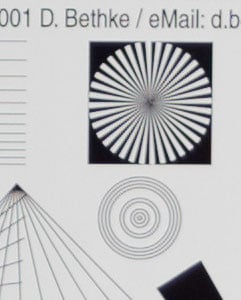 | 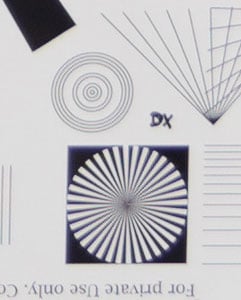 | 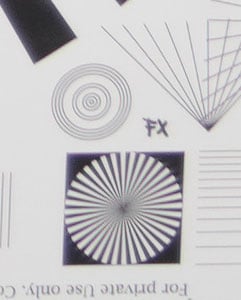 | ||
16mm, f2.8, 100 ISO | 16mm, f2.8, 100 ISO | 16mm, f2.8, 100 ISO | ||
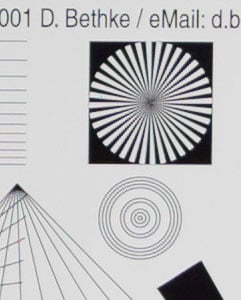 | 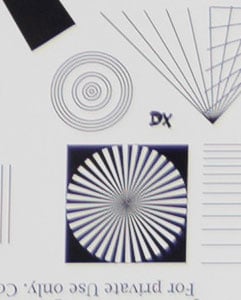 | 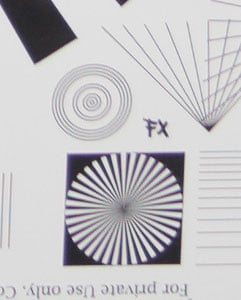 | ||
16mm, f4.0, 100 ISO | 16mm, f4.0, 100 ISO | 16mm, f4.0, 100 ISO | ||
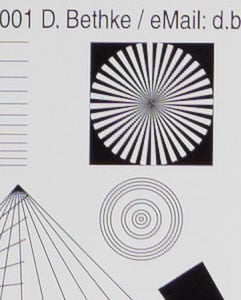 | 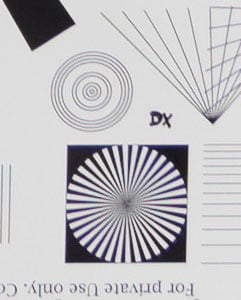 | 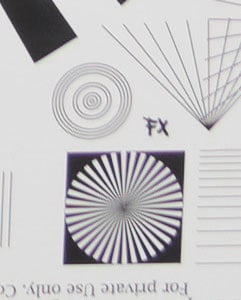 | ||
16mm, f5.6, 100 ISO | 16mm, f5.6, 100 ISO | 16mm, f5.6, 100 ISO | ||
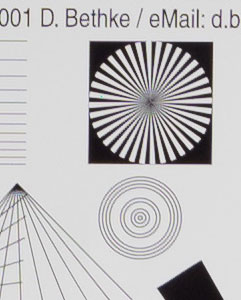 | 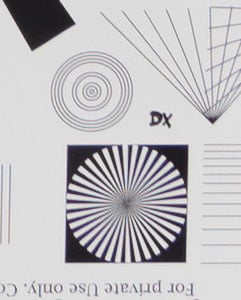 | 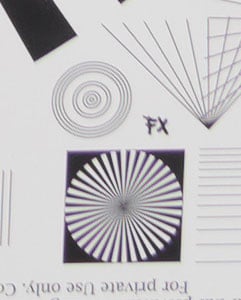 | ||
16mm, f8.0, 100 ISO | 16mm, f8.0, 100 ISO | 16mm, f8.0, 100 ISO |
Great performance again at 16mm with distortions greatly reduced and astigmatism in the FX-corner less prominent.
Performance at 18mm:
Nikon 14-24mm f/2.8G with Nikon D800 100% crop from center | Nikon 14-24mm f/2.8G with Nikon D800 100% crop from DX-corner | Nikon 14-24mm f/2.8G with Nikon D800 100% crop from FX-corner | ||
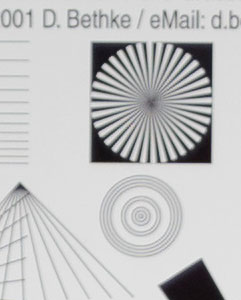 | 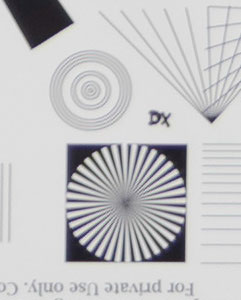 | 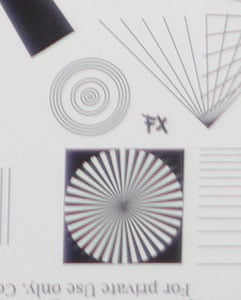 | ||
18mm, f2.8, 100 ISO | 18mm, f2.8, 100 ISO | 18mm, f2.8, 100 ISO | ||
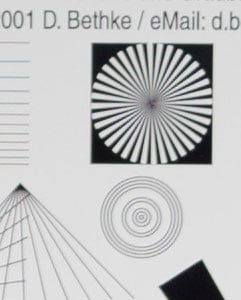 | 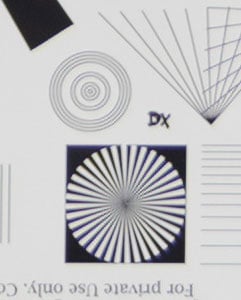 | 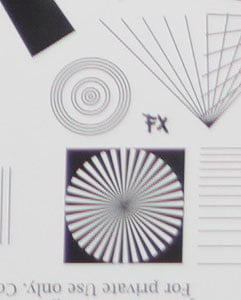 | ||
18mm, f4.0, 100 ISO | 18mm, f4.0, 100 ISO | 18mm, f4.0, 100 ISO | ||
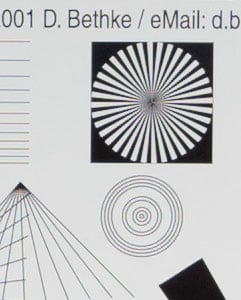 | 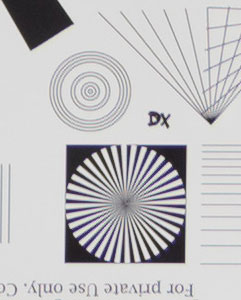 | 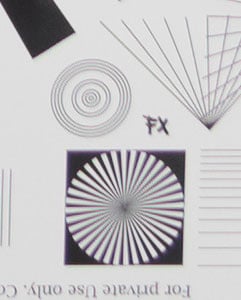 | ||
18mm, f5.6, 100 ISO | 18mm, f5.6, 100 ISO | 18mm, f5.6, 100 ISO | ||
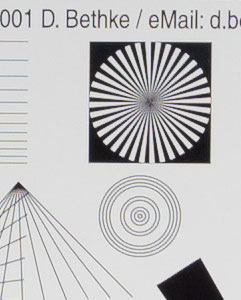 | 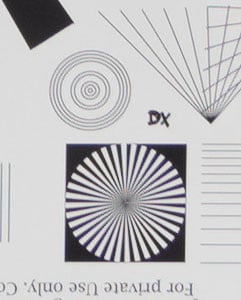 | 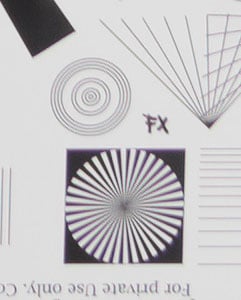 | ||
18mm, f8.0, 100 ISO | 18mm, f8.0, 100 ISO | 18mm, f8.0, 100 ISO |
At 18mm the lens gets softer wide open. It still shows lots of details but has a bit reduced overall contrast. Stop down to f4 to get a visible lift in acuity and to f5.6 to have an almost perfect reproduction.
Let’s move on to 21mm:
Nikon 14-24mm f/2.8G with Nikon D800 100% crop from center | Nikon 14-24mm f/2.8G with Nikon D800 100% crop from DX-corner | Nikon 14-24mm f/2.8G with Nikon D800 100% crop from FX-corner | ||
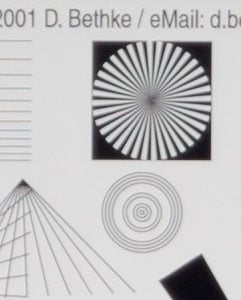 | 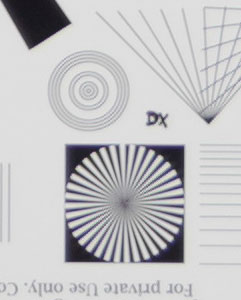 | 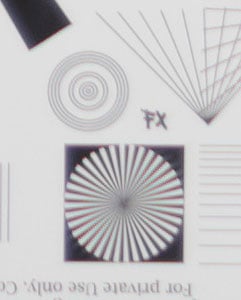 | ||
21mm, f2.8, 100 ISO | 21mm, f2.8, 100 ISO | 21mm, f2.8, 100 ISO | ||
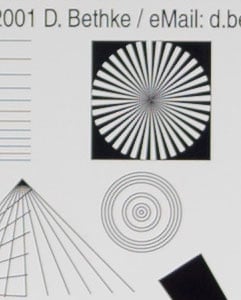 | 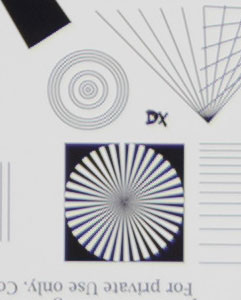 | 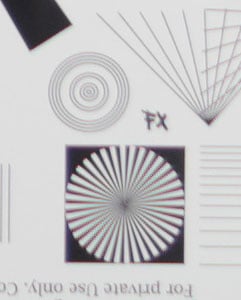 | ||
21mm, f4.0, 100 ISO | 21mm, f4.0, 100 ISO | 21mm, f4.0, 100 ISO | ||
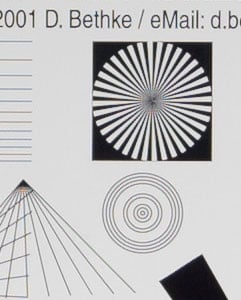 | 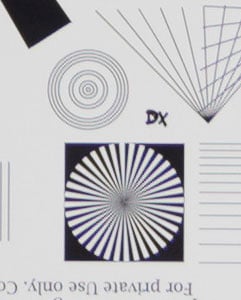 | 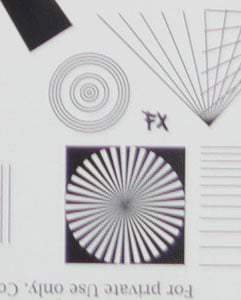 | ||
21mm, f5.6, 100 ISO | 21mm, f5.6, 100 ISO | 21mm, f5.6, 100 ISO | ||
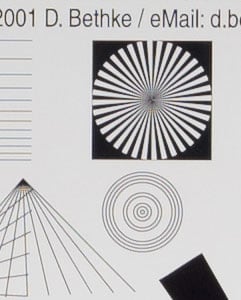 | 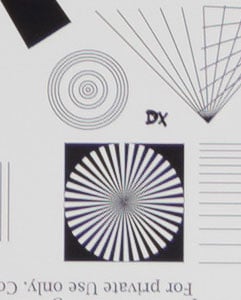 | 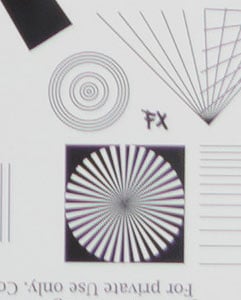 | ||
21mm, f8.0, 100 ISO | 21mm, f8.0, 100 ISO | 21mm, f8.0, 100 ISO |
At 21mm the lens is still a bit soft wide open but better than at 18mm. Stop down if you need improved contrast in the FX-corner, but some haloing still shows at f8.
Performance at 24mm:
Nikon 14-24mm f/2.8G with Nikon D800 100% crop from center | Nikon 14-24mm f/2.8G with Nikon D800 100% crop from DX-corner | Nikon 14-24mm f/2.8G with Nikon D800 100% crop from FX-corner | ||
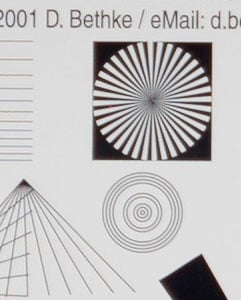 | 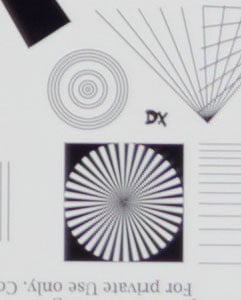 | 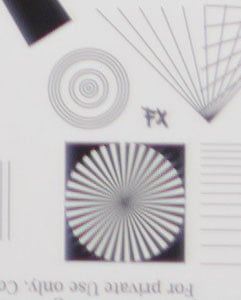 | ||
24mm, f2.8, 100 ISO | 24mm, f2.8, 100 ISO | 24mm, f2.8, 100 ISO | ||
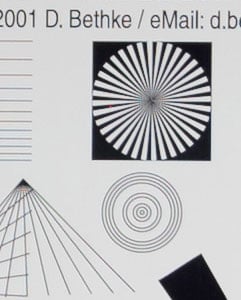 | 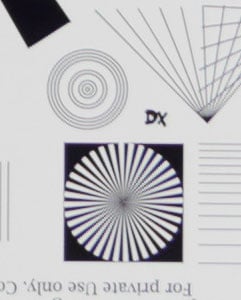 | 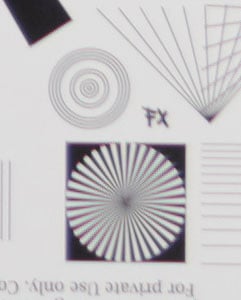 | ||
24mm, f4.0, 100 ISO | 24mm, f4.0, 100 ISO | 24mm, f4.0, 100 ISO | ||
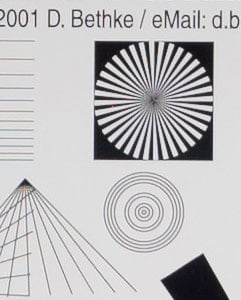 | 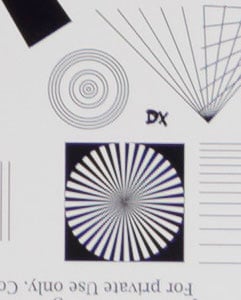 | 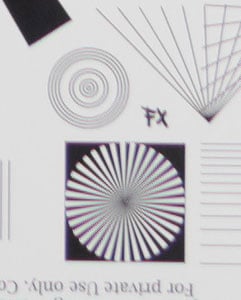 | ||
24mm, f5.6, 100 ISO | 24mm, f5.6, 100 ISO | 24mm, f5.6, 100 ISO | ||
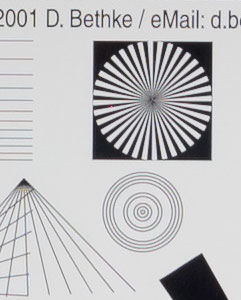 | 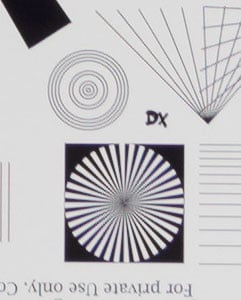 | 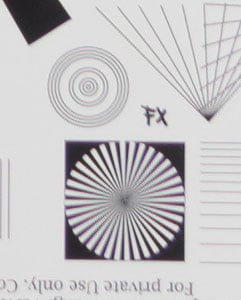 | ||
24mm, f8.0, 100 ISO | 24mm, f8.0, 100 ISO | 24mm, f8.0, 100 ISO |
At 24mm the FX-corner is the softest across the range of focal lengths while the center is very good even at f2.8 and the DX-corner is not far behind. Again: stop down to f5.6 and you can produce very good images with little left to be desired.
Performance at large distances
The Siemens-star test-targets are shot at a distance of 40x focal length (i.e. at 1m for 24mm f.l.). But performance of lenses also depends on the shooting distance. Therefore I do another series of test-shots of a landscape dubbed the “Unremarkables” where you can measure distances in km, not meter. In the morning, when the weather is clear and the sun is up I use this scene to show you how the lenses perform when almost everything is at infinity. I set White Balance to a standard daylight value to make them comparable across lenses shot at the same day and also try to make exposure comparable. There’s no tinkering with vignette-control so you see it here as it is produced by the lens. Focus was acquired at the largest aperture in contrast-based AF and not changed for other apertures.
You can click on each image to access the large original. Please respect our copyright and only use those images for personal use.
The main image shows the complete scene at maximum aperture to give you an impression of the angle of view and to judge vignetting. This is followed by one row of 100% crops at different apertures each from the middle and the right (FX-)border. Let’s start with 14mm focal length where you can clearly see some vignetting:
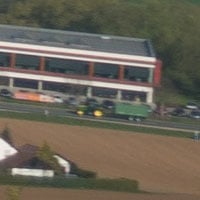 | 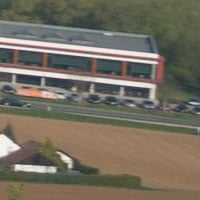 | 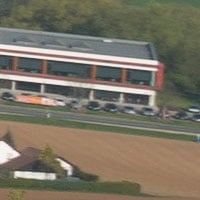 | ||
14mm, f2.8, 100 ISO, border | 14mm, f4.0, 100 ISO, border | 14mm, f8, 100 ISO, border | ||
The infinity-shot at 14mm confirms the excellent performance across the full frame. At f8 you can see some evidence of diffraction.
At 16mm stopping down to f4 helps lift contrast and definition of fine detail over f2.8:
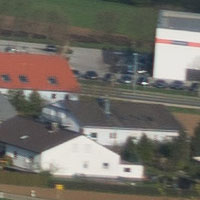 | 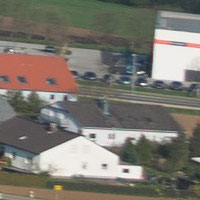 | 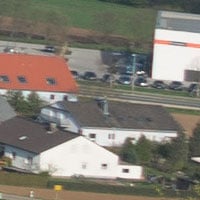 | ||
16mm, f2.8, 100 ISO, border | 16mm, f4.0, 100 ISO, border | 16mm, f8, 100 ISO, border | ||
Similarly at 18mm stop down to f4 (or f5.6) to max out the acuity:
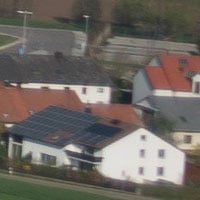 | 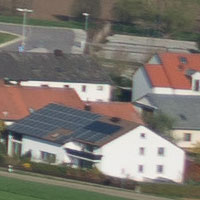 | 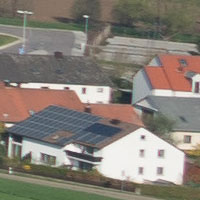 | ||
18mm, f2.8, 100 ISO, border | 18mm, f4.0, 100 ISO, border | 18mm, f8, 100 ISO, border | ||
Finally at 24mm border definition falls a bit behind. So stopping down to f8 is required to bring it up to the same level as with the shorter focal lengths:
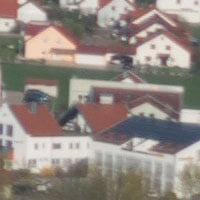 | 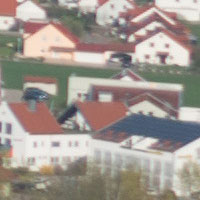 | 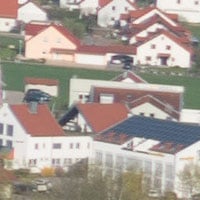 | ||
24mm, f2.8, 100 ISO, border | 24mm, f4.0, 100 ISO, border | 24mm, f8, 100 ISO, border | ||
All-in-all the lens shows a very good performance near and far even on the very critical 36MP sensor of a D800. It’s strongest at the short end and is really a benchmark for ultra-wide-angle lenses. Especially considering that this is a zoom and not a fixed focal lens. If you’re shooting landscapes though, don’t blindly assume closing to f8 will give you the best results across the entire focal range. As seen above, the lens delivered the crispest results at 14mm when using apertures of f4-5.6. That said by the time you zoom-into 24mm, the corners definitely benefit from the aperture being closed to f8.
Flare/ghosting
Shooting normal or wide-angle lenses always runs the risk of catching a strong light-source like the sun shining directly into the lens. This could produce strange colorful ghosts-images or reduce contrast considerably through flare and glare.
As the results depend on many factors including the aperture, focal length, and the angle the light hitting the lens the effect is not easy to reproduce faithfully. So I did a series of shots under conditions that provoke glare and ghosting.
| Flare/Glare: shot with Nikon AF-S 14-24/2.8G at 14mm f11 on a D800 |
| click on the image to access the large original |
The image shows what happens if you’re shooting with the sun in your frame. This is one of the worst flares that I could produce with this lens. Of 25 shots under similar conditions only three showed comparable flare and some ghosting and 10 others showed weaker flare and less pronounced ghosts. So in about half of the shots produced under these adverse conditions flare or ghosting came up which is quite often. But there’s some consolation: there’s no veiling glare in these images and the blacks are really black.
